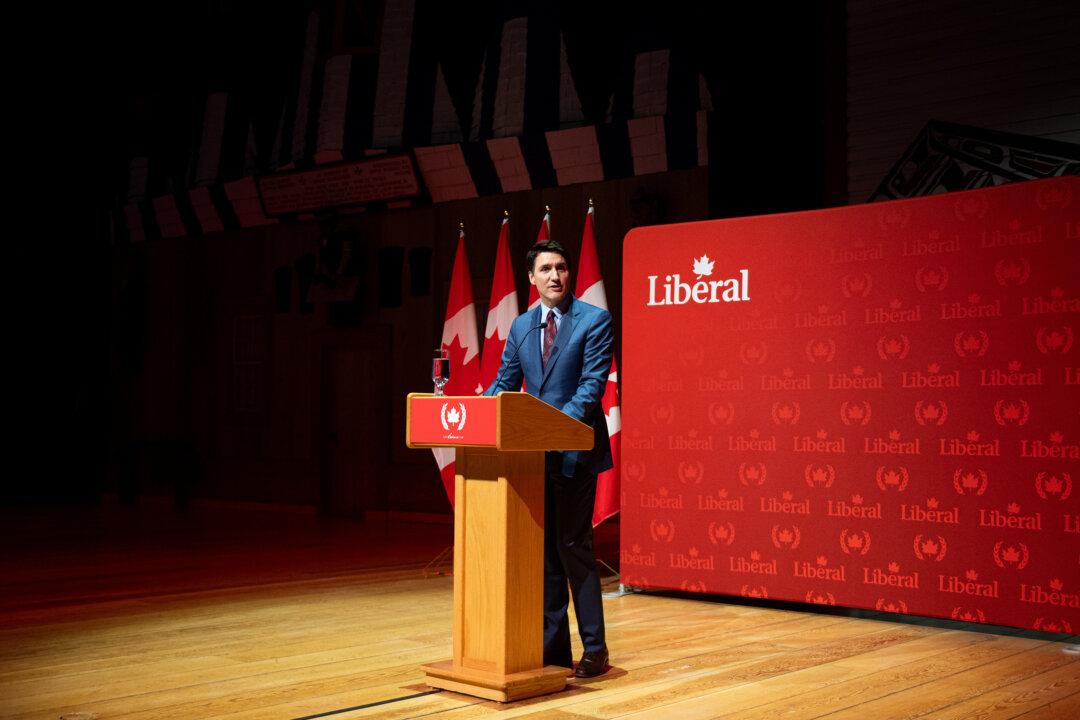Pressure is mounting from all sides for Prime Minister Justin Trudeau, who faces a divided caucus, the NDP joining other opposition parties to vote no confidence, and the incoming president of the world’s superpower promising economy-crushing tariffs while dubbing him the “governor” of a 51st U.S. state.
Where can the prime minister take it from here?
Trudeau has had to make decisions about his political future a number of times in recent months. The Liberals saw repeated setbacks in byelections and a mini-caucus revolt in October, amid declining numbers in the polls. Each time Trudeau chose to stay on, saying he is best placed to lead the Liberal Party in the next election despite very challenging odds, counting on his past campaign successes.
But things escalated quickly in mid-December.
The last days before the House of Commons holiday break were eventful, to say the least. The cascade of events started when Trudeau apparently miscalculated by telling his finance minister Chrystia Freeland on Dec. 13 that she would lose her post on Dec. 16 after she delivers the fall economic statement.
By all accounts, there are still a sizeable number of MPs who support Trudeau, and no cabinet member other than Virani has shown signs of not being fully supportive.
The odds of a spring election have now increased, which moves up the timelines for the Liberals who want to go to the polls with a different leader.
If Trudeau cedes to pressure and resigns, an interim leader could be named while the party organizes a leadership race. This exercise, which usually takes many months, would have to be compressed into a shorter time frame to be ready for an election. Another option would be for Trudeau to ask the Governor General to prorogue Parliament to avoid an election during the Liberal leadership contest.
Meanwhile, the messaging from Trudeau’s supporters is that Canada needs stability as Donald Trump is set to return to the White House on Jan. 20.
The work facing the government is also how newly promoted Minister of Democratic Institutions Ruby Sahota explained was the reason for Trudeau not speaking to reporters after the shuffle.
The prime minister hasn’t held a press conference since Freeland’s resignation on Dec. 16. He has also cancelled all of his traditional year-end interviews with media outlets, only talking briefly to reporters as he was walking out of a Dec. 20 cabinet meeting, saying he’s focused on the the issue of U.S. tariffs.
“The prime minister is working hard to make sure that we lead this government and we deal with the pressing issues of today,” Sahota told reporters at Rideau Hall on Dec. 20.
Conservative Leader Pierre Poilievre is pushing to have a non-confidence vote immediately and putting pressure on Singh to follow through with his non-confidence motion instead of waiting for the next House sitting in late January.







